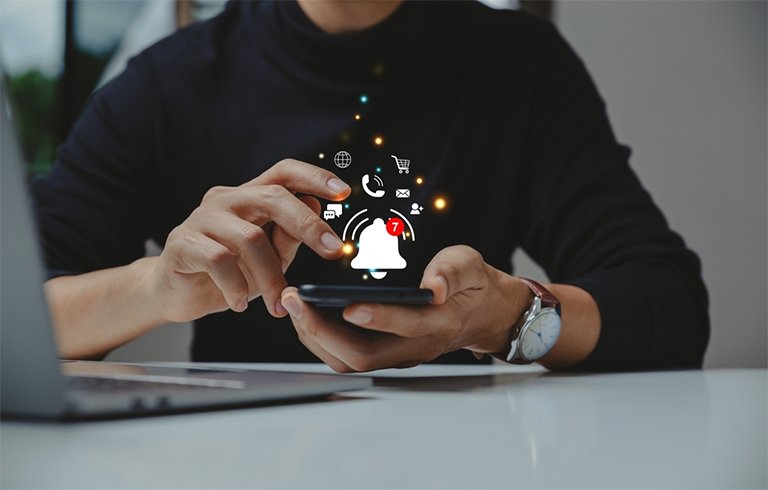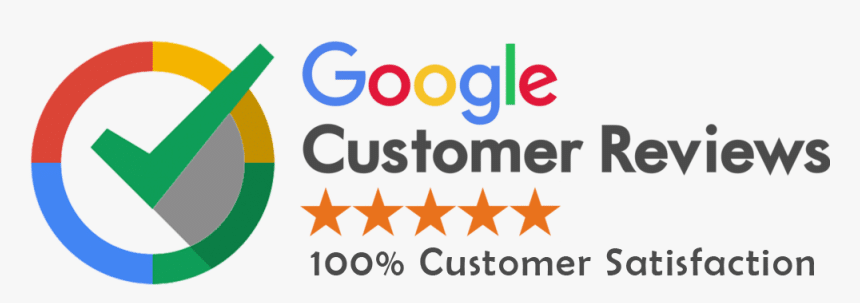Businesses always look for effective ways to connect with their audience. Whether it’s about promoting a sale, reminding about a booking, or sharing a discount code, the method of communication matters just as much as the message. Two of the most powerful tools available today are push notifications and text messaging (SMS).
Both have their strengths and limitations. But when it comes to reaching users quickly and effectively, understanding what consumers actually prefer can help businesses choose wisely.

Let’s explore both methods from a user’s perspective and compare them in terms of effectiveness, engagement, and use cases.
What Are Push Notifications?
Push notifications are short messages that pop up on a user’s device—usually on their mobile screen—through an app or a website. These alerts can be sent even when the app isn’t open, provided the user has granted permission.
Example: A food delivery app sending “Get 20% off your next order” when it’s lunchtime.
Benefits:
- Instant reach to app users.
- Can include images, emojis, and action buttons.
- Cost-effective for brands with apps.
Limitations:
- Only works if the user has the app installed and notifications enabled.
- Can be ignored or blocked easily if overused.
What Is SMS Marketing?
SMS marketing involves sending text messages directly to users’ mobile numbers. These are usually short, limited to 160 characters, and highly visible.
Example: A clothing store texting “FLASH SALE: 50% off till 10 PM. Visit now.”
Benefits:
- No app required—works on all mobile phones.
- Higher open rate (over 90% read within 3 minutes).
- Works well for urgent or time-sensitive offers.
Limitations:
- More expensive than push notifications.
- Requires user consent and phone number collection.
- May feel intrusive if sent too frequently.
Consumers’ Communication Preferences
A survey conducted by Message Systems revealed that 25% of consumers prefer receiving special offers via email, followed by 9.03% through SMS, and only 3.38% via push notifications.
While this shows that email is the most popular for offers, it also highlights that SMS is 3x more preferred than push notifications when it comes to urgent or exclusive deals. This is a strong indicator of trust and reliability users place on SMS.
Preference by Age Group
Different age groups respond differently to each communication type.
| Age Group | Push Notifications | Text Messaging |
|---|---|---|
| 18–24 (Gen Z) | High engagement | Moderate |
| 25–34 (Millennials) | High to moderate | High |
| 35–50 (Gen X) | Moderate | High |
| 50+ (Boomers) | Low | High |
Younger users who are app-savvy tend to prefer push notifications. Older users rely more on text messaging because it’s simple and doesn’t need apps or tech knowledge.
Push Notifications vs. Text Messaging: Feature Comparison
| Feature | Push Notifications | Text Messaging (SMS) |
|---|---|---|
| Visibility | Can be missed or swiped | Always appears in inbox |
| Open Rate | 30-40% average | 90%+ within minutes |
| Cost | Free or low (if in-app) | High per message |
| Requires App | Yes | No |
| Rich Media Support | Yes (images, buttons) | No |
| Opt-In Requirement | Yes | Yes (with stricter rules) |
| User Control | Can be disabled easily | Harder to block |
| Best Use Case | App updates, engagement | Reminders, promotions |
Real-World Use Cases
When Push Notifications Work Best:
- Sending non-urgent updates (e.g., app feature announcements).
- Re-engaging users who haven’t opened the app in a while.
- Daily quotes, gamification reminders, or event countdowns.
When SMS Marketing Performs Better:
- Urgent alerts like appointment confirmations or delays.
- Limited-time offers or flash sales.
- OTPs (one-time passwords) and account verification.
What Makes Consumers React?
Consumers generally respond faster to SMS because it feels more personal and direct. However, they are more likely to opt-out of SMS if messages feel spammy.
Push notifications, on the other hand, are convenient but easy to overlook. Many users mute or disable them unless they find the message useful.
Key insights from users:
- “I open text messages because they feel important.”
- “Push notifications get lost among all the app alerts.”
- “SMS feels like someone is talking to me. Push is just another app shouting.”
Legal and Compliance Considerations
Both methods require opt-in permission—but SMS regulations are stricter.
SMS Compliance:
- Requires written consent.
- Must include opt-out option (e.g., “Reply STOP to unsubscribe”).
- Violations can lead to heavy fines (especially in US, EU, UAE).
Push Notification Compliance:
- Requires opt-in via app prompt.
- No legal penalty for repeated push alerts, but users can block them anytime.
Businesses must respect privacy laws like GDPR, TCPA, and UAE’s TRA guidelines. Transparency builds trust.
Performance Metrics That Matter
Understanding how each method performs helps in measuring ROI and planning future campaigns.
| Metric | SMS | Push Notification |
|---|---|---|
| Open Rate | 90%+ | 30–40% |
| Click-Through Rate (CTR) | 15–20% | 4–8% |
| Opt-Out Rate | 1–2% (if overused) | Higher if spammy |
| Conversion Rate | High for urgent deals | Moderate |
| Cost per 1,000 messages | High | Low to none |
Which Option Is More Budget-Friendly?
Push notifications are more affordable in the long run, especially for companies with mobile apps. Sending thousands of push alerts doesn’t cost extra once the system is in place.
SMS marketing, however, costs per message sent. In regions like UAE, prices range from AED 0.05 to 0.18 per SMS, depending on volume and provider.
If the budget is tight, push notifications may be better. But for guaranteed visibility, especially in time-sensitive situations, SMS provides a better return.
Hybrid Strategy: Why Use Both?
Many successful businesses use both channels together:
- SMS for urgency: “Your order will arrive in 30 minutes.”
- Push for engagement: “Rate your delivery experience and earn 5 points.”
A hybrid approach allows brands to reach different types of users through their preferred channels.
Recommendations Based on Business Type
| Business Type | Recommended Channel |
|---|---|
| E-commerce | SMS for deals, push for updates |
| Restaurants | SMS for booking reminders, push for offers |
| Healthcare | SMS for appointment alerts |
| Education | Push for updates, SMS for emergency notices |
| Service providers | SMS for reminders, push for re-engagement |
Final Thoughts
Both push notifications and SMS marketing play an important role in building customer relationships. The key is to understand your audience, respect their preferences, and use each channel wisely.
SMS delivers urgency, visibility, and high engagement, making it perfect for time-sensitive offers and confirmations. Push notifications offer low-cost, app-based communication that keeps users engaged and updated.
If your business wants to improve its outreach and increase conversion, start by identifying your target audience’s preferences. Then apply the method that fits your goals, budget, and user behavior best.





